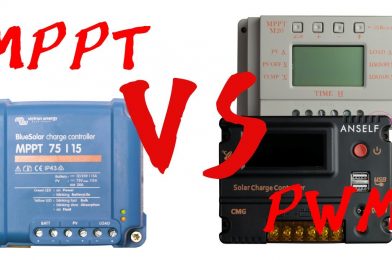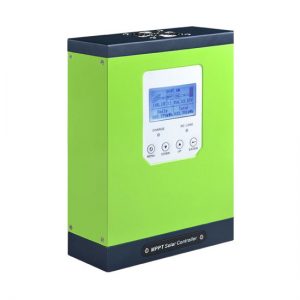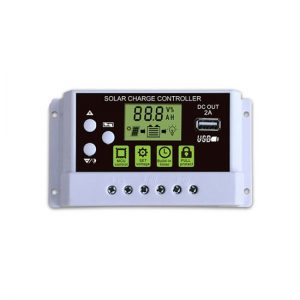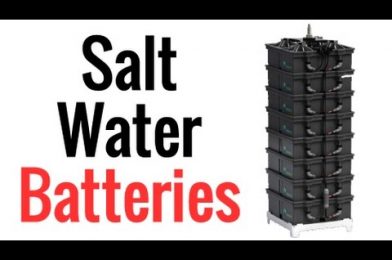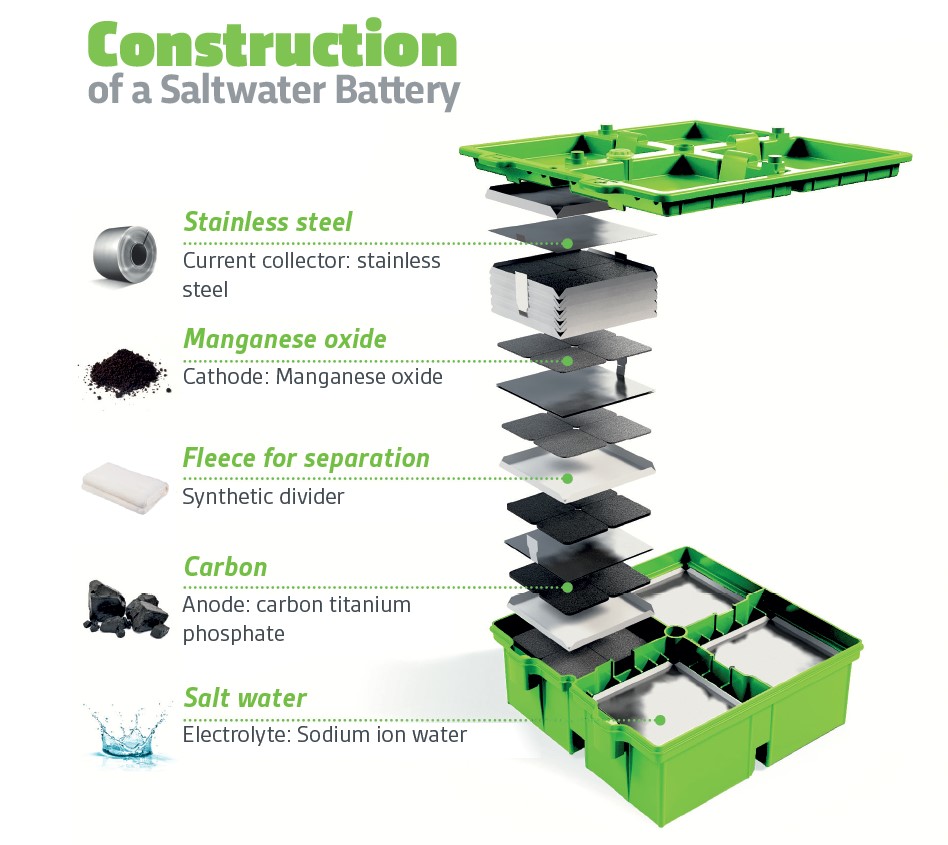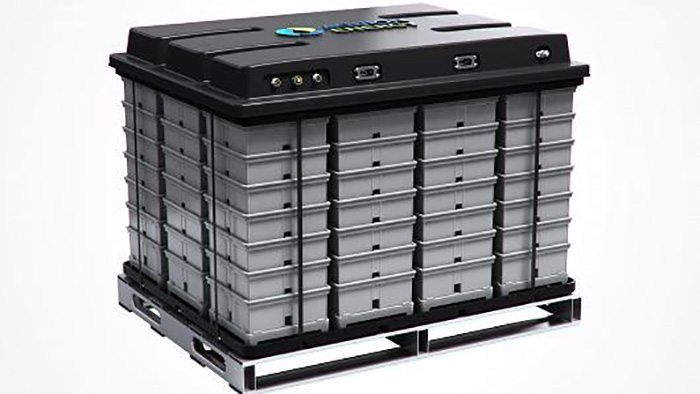|
MPPT Solar Charge Controller
|
PWM Solar Charge Controller
|
1. What they do
The PWM controller is in essence a switch that connects a solar array to a battery. The result is that the voltage of the array will be pulled down to near that of the battery.
The MPPT controller is more sophisticated (and more expensive): it will adjust its input voltage to harvest the maximum power from the solar array and then transform this power to supply the varying voltage requirement, of the battery plus load. Thus, it essentially decouples the array and battery voltages so that there can be, for example, a 12 volt battery on one side of the MPPT charge controller and a large number of cells wired in series to produce 36 volts on the other.
As array size increases, cable length will increase. The option to wire more panels in series and thereby decrease the cable cross sectional area with a resultant drop in cost, is a compelling reason to install an MPPT controller as soon as the array power exceeds a few hundred Watts (12 V battery), or several 100s of Watts (24 V or 48 V battery).
PWM
The PWM charge controller is a good low cost solution for small systems only, when solar cell temperature is moderate to high (between 45°C and 75°C).
MPPT
To fully exploit the potential of the MPPT controller, the array voltage should be substantially higher than the battery voltage. The MPPT controller is the solution of choice for higher power systems (because of the lowest overall system cost due to smaller cable cross sectional areas). The MPPT controller will also harvest substantially more power when the solar cell temperature is low (below 45°C), or very high (above 75°C), or when irradiance is very low.
- Charging Method
The difference between the PWM controller and the MPPT solar controller is that they charge differently. The PWM is charged in a three-stage charging mode. MPPT is the maximum power tracking technology, and the charging efficiency can be increased to about 30%. - Voltage
When the MPPT solar controller is used, the charging efficiency is more obvious when the high-voltage solar panel is used to charge the low-voltage battery. If the voltage of the solar energy and the battery are the same, for example, it is 12V, then the difference between the practical PWM and the MPPT controller is not very big. - Power
If the power of the solar panel is small, it is more appropriate to select a PWM controller. Relatively speaking, if the power of the solar panel is large, MPPT is selected.Solar controllers, because the cost of MPPT solar controllers is high, if your solar panel power is small, it is a waste of MPPT controller.
